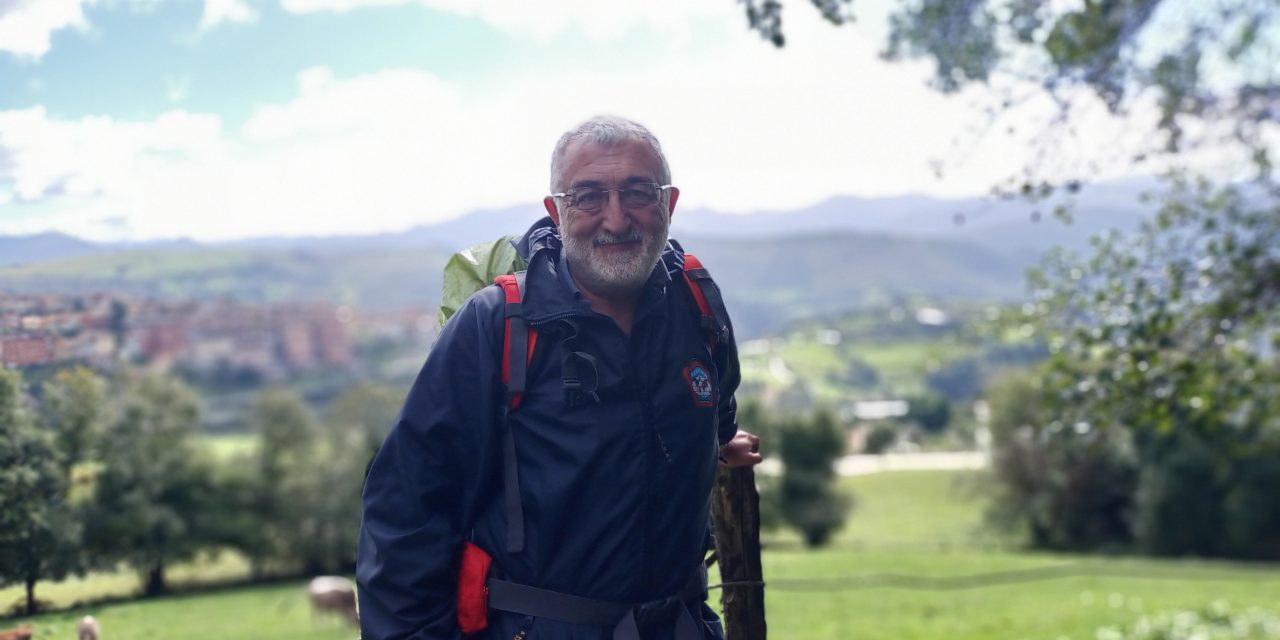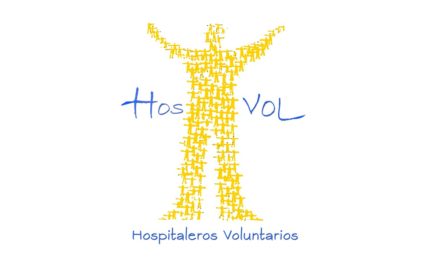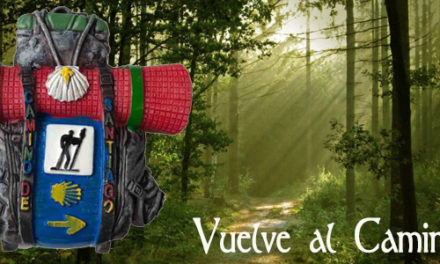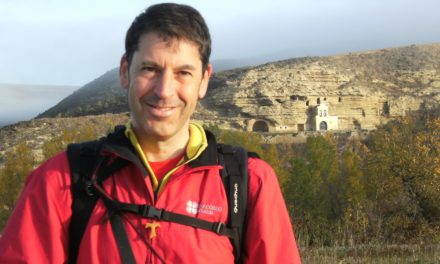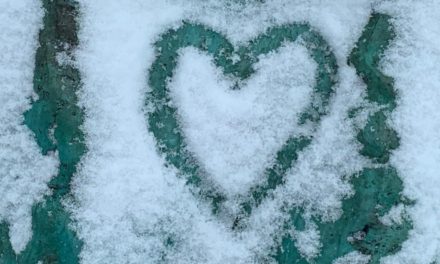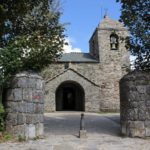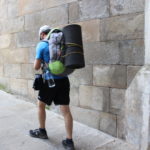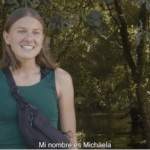Manuel F. Rodríguez is a journalist and a researcher. Recently he won the International Prize Aymeric Picaud and his life is a good example of dedication to the Camino de Santiago: from his intellectual production, his work on the Xacobeo of the Xunta de Galicia -especially linked to the Pilgrim Associations- and as a pilgrim himself. In recent years he has devoted particular attention to the research. He has just walked the Primitivo, about which we wanted to talk to him.
– You have just walked the Camino Primitivo, not an easy choice: a hard way at the end of covid-19 and the autumn weather is already beginning … Why now the Primitivo?
I had planned to do it for the first time in 2020, but, obviously, the pandemic prevented me from doing so. I try to go to the Camino in early spring or fall. And I did it not because it was the hypothetical route of the supposed first pilgrim to Santiago, King Alfonso II the Chaste. I did it because it was a route followed by European pilgrims who, on their way to or from Santiago, visited the Holy Ark in the city of Oviedo. The pilgrim’s footprints send me along the transcendent paths of the past. His anthropological sense of spirituality. In my case, it has nothing to do with religiosity, although I value coexistence with it and its symbols, as they are part of the itinerary.
– You are an experienced pilgrim, with many paths traveled but also with a lot of theoretical knowledge about them, does knowing the history and the route well change something when planning the Way? Does it facilitate or on the contrary does it take away a little mystery or surprise?
For a long time I have argued that in terms of the Camino de Santiago, the more knowledge, less concealment, and, therefore, more mystery in its fullness. I am moved by the elusive transparency of the mystery. As soon as it is studied with a certain critical and broad sense, that is, penetrating its European historical dimension and the very complex reasons for it, the Camino de Santiago is shown as the wonderful treasure chest of mystery.
– The Primitive Way… What have you found?
Since I did not intend to find anything, I have found something. Sorry for that little phrase. I never idealize the Camino. I do it because of what it represents of a singular experience in communion with the steps of the past. Steps loaded with the longings, losses, emotions and faith of those who preceded us. That is the Way for me. I do not know of any other historical route, more or less defined, with that burden. Another thing is what that charge contains. I am not able to put it into words.
– The Camino at the end of the pandemic … How did you find it? What marks, norms and changes has covid-19 left on the Camino?
I have seen a route very similar to the one before the pandemic in every way. Of course, you had to comply with the rules against covid-19, especially in shelters, but that did not prevent you from leading an almost normal life.
– After the reopening of the Camino I have interviewed many pilgrims, although they all enjoyed the return, some veterans lamented the temporary loss of community dinners and the lesser presence of foreigners. In October 2021: have group meetings recovered? Is multiculturalism present again?
In October, and at least in the Primitivo, it has not been like that. I met quite a few foreigners. I would not dare to state a percentage, but perhaps they would represent 40 or 50 percent. And I also participated in community dinners. I remember with special affection the one that David, hospitalero from Bodenaya, offered to us pilgrims who that evening we met at his house. I also remember, previously, the collective breakfast at the Grado shelter, managed by the International Fraternity of the Way and attended during those days by two very kind American volunteer hospitaleras. So my experience in that sense was pleasantly normal.
– And in the return to work, to what has been done and what remains to be done. As a pilgrim and as a specialist on the Camino: what would you propose to the institutions and associations? What remains to be done on the Camino? What to protect or correct?
For me the most worrying thing is that it is increasingly filled with everything unnecessary and the basics are forgotten or ignored. It would take a long time to go into details. If you do the Camino with some experience, I think you are clear about what is substantial and what is superfluous in it. I say this because I consider that it is difficult for institutions to understand -or admit- the deep, mysterious meaning of the Way, and that undoubtedly produces imbalances. I support a Jacobean route as a stable socio-economic resource for the people and territories through which it passes. But precisely for this reason, it would be necessary to exercise extreme sensitivity and not appropriate its historical lessons that are responsible for it being reborn in the present.
– Anyway, your projects and plans: what are you working on? Any research project, literary project, exploring new routes…?
I am always with things. Right now I am preparing the new edition of my Santiago de Compostela guide for pilgrims. Its objective is for current walkers who wish to discover and experience the footprints of past walkers through the goal-city of the Camino and its cathedral.

